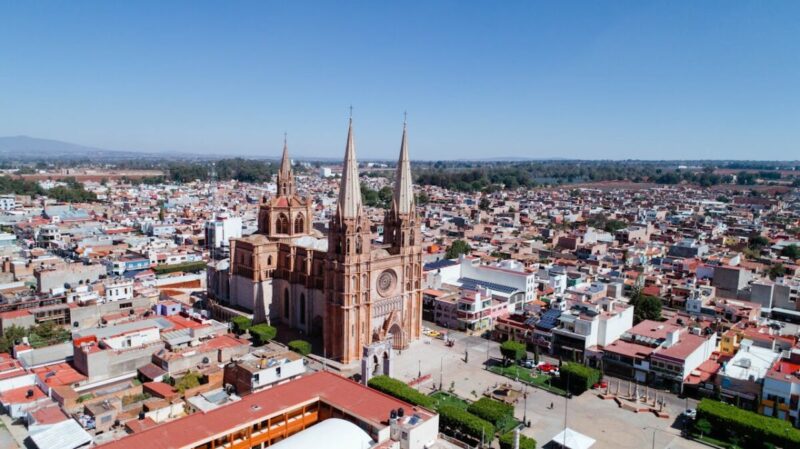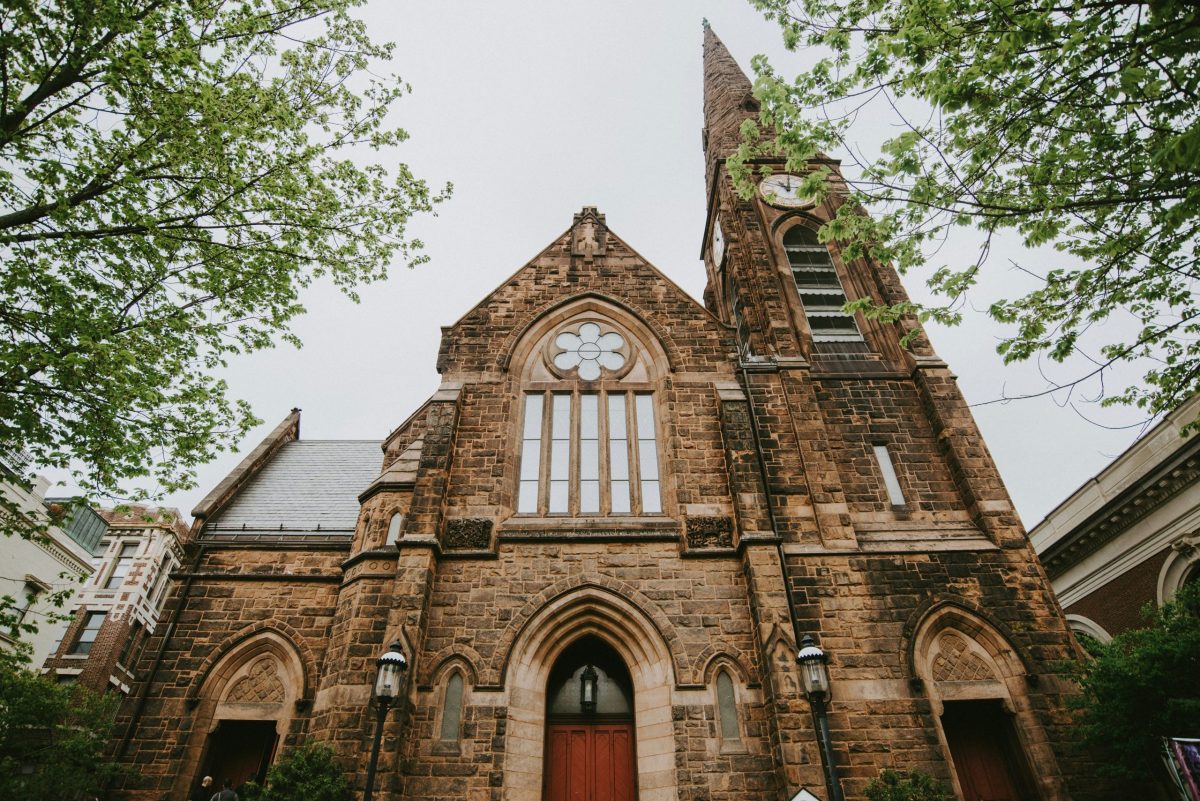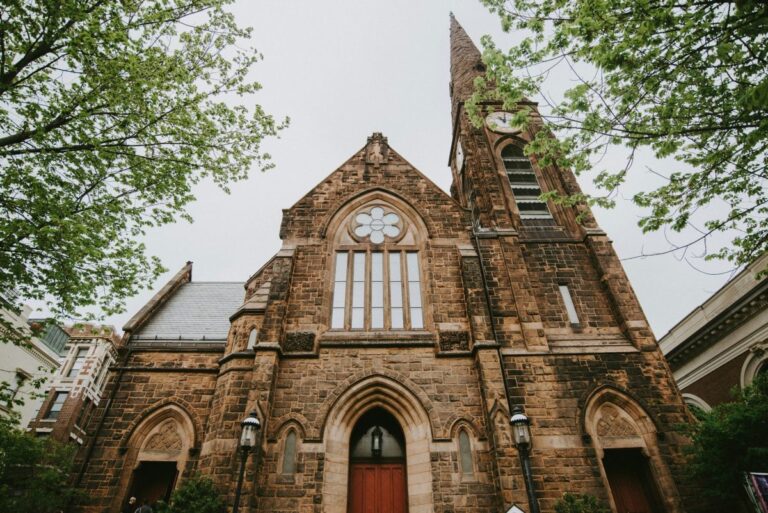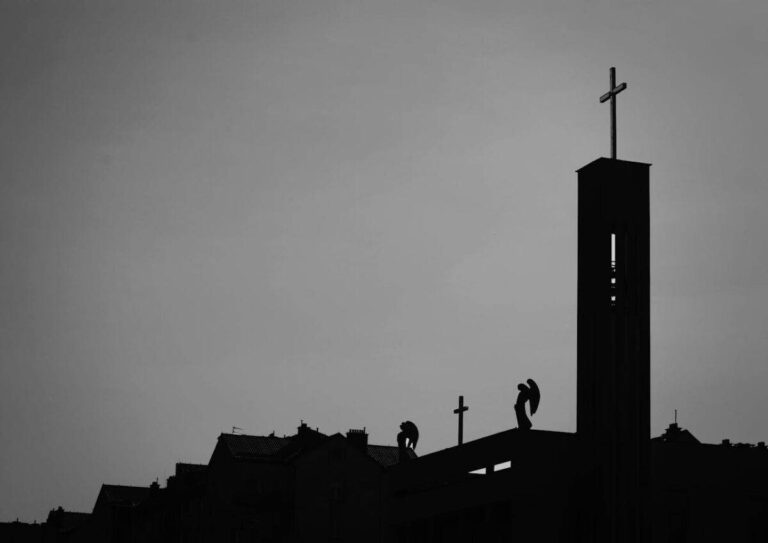Saint Joseph Cafasso 19th Century Italian Social Reformer Known for His Corporal Mortifications
Saint Joseph Cafasso was born on January 15, 1811, and he died on June 23, 1860. He was an Italian Catholic priest and noted social reformer in Turin, Italy. Saint Joseph Cafasso was one of the so-called “Social Saints,” and he is known as the “Priest of the Gallows” due to his extensive work with those prisoners condemned to death. But he was also known for his mortifications despite being frail. He neglected certain foods and conditions to remain as frugal and basic as possible unless ordered to by a doctor. He is fairly contemporary, have you heard of him?
Saint Joseph Cafasso Biography

Saint Giuseppe Cafasso was born a peasant, and he was the third of four children. He was born with a deformed spine, contributing to his short stature and frailty. It was often said that as a child, he never sinned; he was a model person. He, unsurprisingly, felt called to become a priest and so commenced his ecclesial studies in Turin.
He came to know another native of the town, named Giovanni Bosco, whom he would later encourage and support in the work of caring for the homeless persons in Turin, giving them training in trades. The two first met when Bosco was 14, but both soon became lifelong friends. Saint Giuseppe Cafasso was ordained on September 21, 1833.
He attended a Turin college four months after his ordination, where he came to know Luigi Guala. He was the co-founder of the Institute of Saint Francis of Assisi. This college was dedicated to the higher education of the diocesan priests who were still recovering from the destruction of the church’s institutions under the Napoleonic invasion a generation earlier. He was Guala’s successor as the college’s rector in 1848.
He was a professed member of the Third Order of Saint Francis. Many of the saints were members of this order. He became a noted lecturer in moral and theological subjects, dating back to 1836, and drew on the teachings of the French school in spiritual studies with its leading figures such as Pierre de Bérulle and Vincent de Paul. He used the teachings of Alphonsus Liguori and Francis de Sales, two saints, to moderate the rigorism of the education there while striving to offer simple values and morals as a greater substitute.
The priest was known for his practice of mortifications to become as frugal as possible. He never smoked nor did he drink anything other than water alone. Saint Giuseppe Cafasso never complained about toothaches or headaches but bore his pain with remarkable resilience as a sign of his own personal cross. He viewed his own suffering as a good thing.
Saint Giuseppe Cafasso was once asked whether or not his constant work ever wore him out, and he said: “Our rest will be in Heaven.” He celebrated Mass each day at 4:30 am and was known for spending long hours in the confessional and chapel. He was also a noted confessor and spiritual director who guided people who would go on to found new religious institutions or congregations, which would help the church to meet the needs of the whole world.
Saint Giuseppe Cafasso died on June 23, 1860, and his friend Bosco (who wrote a biographical account of his old friend) preached, though he was not the celebrant for the Mass. Cafasso had died from pneumonia coupled with a stomach hemorrhage and complications from congenital medical issues.
Saint Joseph Cafasso Veneration

The process for canonization of Saint Joseph Cafasso was local (him being Italian); the formal introduction to the cause came in an official decree that Pope Pius X signed on May 23, 1906, while the confirmation of his heroic virtue allowed Pope Benedict XV. Pope Pius XI confirmed two miracles attributed to his intercession on November 1, 1924. Then Pope Pius XII confirmed two more miracles and canonized him on June 22, 1947. Because of his work with death row inmates, the Pope declared him to be the patron saint of all Italian prisons and prisoners.
There is a monument that has been erected to Saint Joseph Cafasso in Turin. There is a prominent one of him at the road crossing of Corso Regina Margherita and Corso Principe Eugenio, and Corso Valdocco (called the Rondò della Forca – or the Gallows Roundabout). In 1968, a church in the Tuscolano district in Rome was dedicated to him.
Conclusion
Saint Joseph Cafasso was an interesting priest. Not only did he do extensive work with those on death row, becoming the patron saint of prisoners. He was also a noted professor and homilist. He did all of these things despite significant physical challenges. He was born with a spine that was not straight. That limited his mobility and gave him challenges throughout his life.







